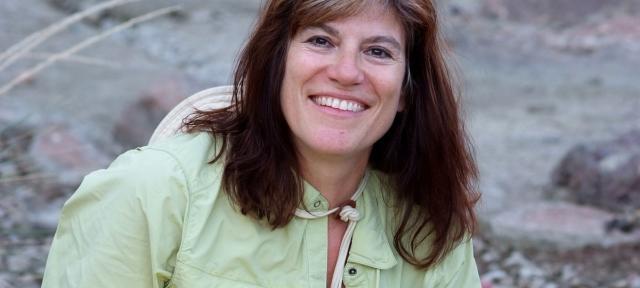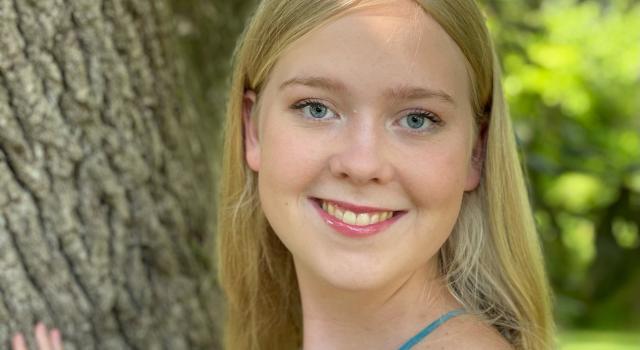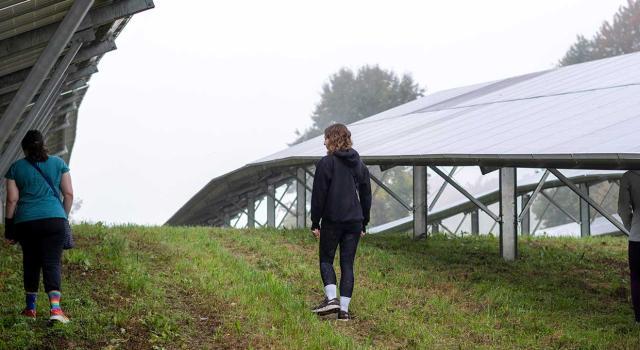Streaming Knowledge

Nancy Grimm 73F began teaching college about a month after she graduated.
After finishing her Div III, a thesis about stream ecology that she wrote after a semester-long research project in Oregon, Grimm co-taught a class on aquatic ecosystems with Charlene D’Avanzo, now professor emerita of ecology, who was then in her first year of teaching at Hampshire.
“I graduated in January 1978 and stayed on to teach a class,” says Grimm. “I really liked it.”
Grimm moved on to graduate school at Arizona State University (ASU), where she is now the Virginia M. Ullman Professor of Ecology and an internationally renowned expert on urban ecology and sustainability. She studies the interaction of climate variation and change in ecosystems.
This year her achievements were honored when she was elected a member of the National Academy of Sciences.
ASU’s Grimm Lab studies how disturbances (such as flooding and drying) affect the structure and processes of desert streams, how chemical elements move through and cycle within both desert streams and cities, the effects of stormwater infrastructure on water, and the impacts of extreme events on urban social-ecological-technological systems and their infrastructure.
Her expertise about climate variability has been sought by cities bracing themselves for the increasingly extreme results of climate change.
Grimm is codirector of ASU’s Urban Resilience to Extremes Sustainability Research Network (UREx SRN), which comprises 20 institutions across the United States and in Latin America. The initiative’s goal is to integrate social, ecological, and technical systems in order to create and support urban infrastructure with regard to the effects of climate change.
“How can we, as a society, adapt to or become resilient when faced with extreme events like heat waves, urban flooding, and coastal flooding? How can we prepare people who are in harm’s way — often those who have the fewest resources to deal with climate-related disasters?” she asks.
UREx works closely with Baltimore, Miami, New York City, Phoenix, Syracuse, Portland (Oregon), and San Juan (Puerto Rico). In Latin America, it collaborates with partner institutions in Valdivia, Chile; Hermosillo, Mexico, and Mexico City.
“What will it be like to live in these places in seventy years?” Grimm asks. “We explore this question with officials and other practitioners in each city in a workshop designed to coproduce future scenarios.”
These future scenarios might be green-infrastructure solutions to high tide and coastal flooding, such as planting mango forests. “New York City is particularly committed to investing in its green infrastructure,” Grimm says. “During Hurricane Sandy, the storm surge and sea-level rise overwhelmed so much of it.” One preventive measure is restoration of natural barriers to flooding, such as sand dunes and oyster beds.
Many of her breakthroughs have come from conducting research on a single stream: Sycamore Creek, in Arizona’s Tonto National Forest. During 40 years of observation there, Grimm has seen firsthand that less rainfall has led to less evaporation and drying of the stream.
She’s now pushing for a more innovative educational model at ASU, one that would give graduate students more freedom to create their own curriculum, with the help of two advisers from different fields, around the problems they’re most interested in solving.
“I try to use the Hampshire approach in teaching and working with graduate students,” Grimm says. “It definitely worked for me.”



